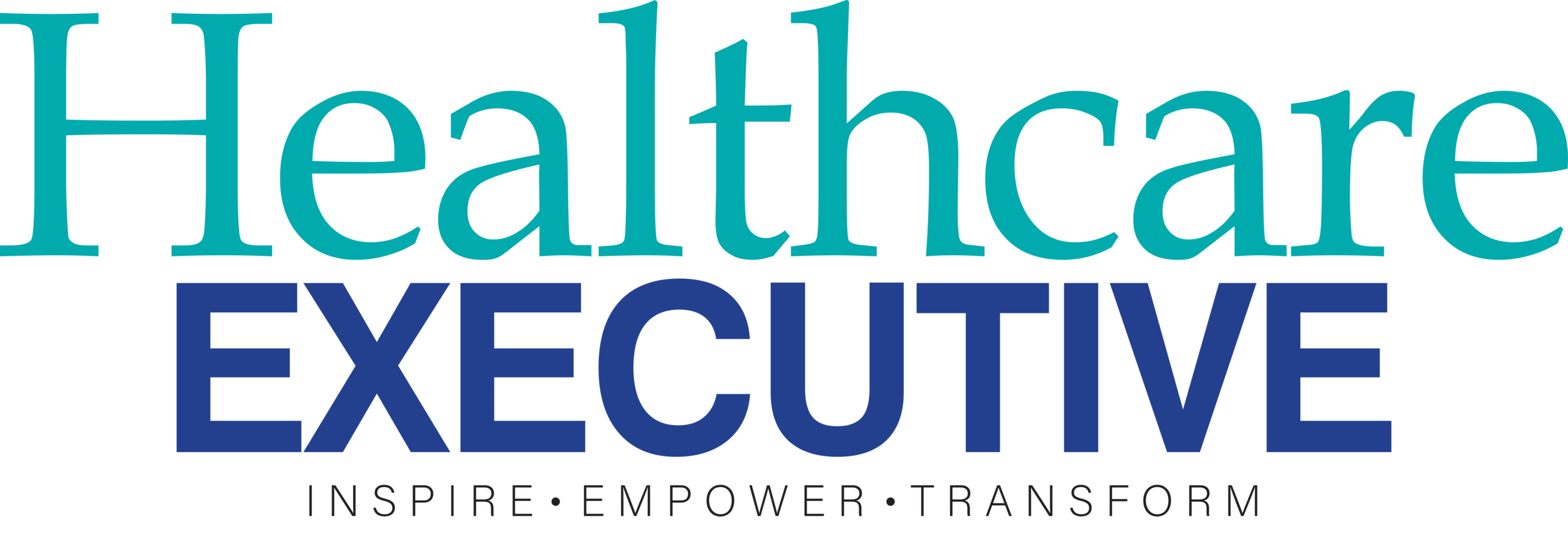World Sight Day: School eye tests and on-the-spot reading glasses could see India gain ₹3.6 trillion each year, research reveals
New data released for World Sight Day shows eye health is one of the best possible investments for India, with a ₹16 return for every ₹1 invested.
Nearly 1 billion people in low- and middle-income countries live daily with avoidable sight loss, but most of this can be solved with some of the cheapest interventions: cataract surgery and glasses.
New economic data shows that for India, targeted investment in simple eye health priorities would return ₹3.6 lakh crore to the Indian economy each year, including ₹2.27 lakh crore in productivity gains, ₹78,700 crore in increased employment, ₹40,800 crore in alleviated caregiving, and the equivalent of 9,60,000 extra years of schooling for students.
The Love Your Eyes campaign is calling on everyone to love their eyes this World Sight Day and book an eye test.
To mark World Sight Day on the 9th of October, world-first research reveals that delivering six simple, cost-effective eye health priorities like eye tests in schools and distributing on-the-spot reading glasses could unlock a ₹3.6 lakh crore for the Indian economy every year, with a ₹16 return for every ₹1 invested.
The global Value of Vision report by IAPB, Seva Foundation and Fred Hollows Foundation, was launched during the United Nations General Assembly at a high-level meeting hosted by IAPB and The United Nations Friends of Vision Group.
For World Sight Day, IAPB’s Love Your Eyes campaign has launched the exclusive national data showing how India can benefit from prioritising eye health, urging everyone to love their eyes by getting an eye test.
Approximately 70 crore people in India live with avoidable sight loss. The personal and economic costs of sight loss are wide-ranging, including unemployment, lower educational attainment, reduced income, increased caregiving burden that predominantly falls to women, mental ill health, and increased risk of injury and illness.
For India, a ₹22,100 crore investment in delivery would generate annual gains of over ₹3.6 lakh crore, including:
A ₹2.27 lakh crore boost from improved occupational productivity
A ₹78,700 crore boost from increased employment
Education gains are equivalent to 9,60,000 extra years of schooling
A ₹40,800 crore boost from averted caregiving
Over 827,000 fewer people are living with depression
65,000 transport injuries and mortalities averted
Behind these figures are real people whose lives are changed when they gain access to sight-saving care. Tula, 19, from Phangulgavhan, Maharashtra, had to drop out of college due to his poor vision before regaining his sight with a pair of glasses.
"When I could not see the blackboard, I thought my dream of studying was over. The day I received my glasses, I felt like I had been given my life back," says Tula.
The report lays out six priority areas for governments to prevent sight loss: early detection through vision screenings in the community, giving out reading glasses on the spot where needed, increasing capacity in the eye health workforce, boost surgical productivity and teams, removing barriers to accessing eye health like cost, distance and stigma, and making cataract surgery even better with innovative training techniques, wider use of biometry and stronger minimum post-operation care standards.
Elizabeth Kurian, Chief Functionary and Trustee of Mission for Vision, India, says:
“Nearly 1 billion people live daily with avoidable sight loss, especially in low- and middle-income countries, limiting their productivity and potential. Investing in vision is not just charity; it is smart economics. At Mission for Vision, we see every day how a pair of glasses or cataract surgery can restore livelihoods and lift families out of poverty. If we are serious about sustaining growth and equity, eye health must move from the margins to the mainstream of national policy. India’s National Programme for Control of Blindness and Visual Impairment is a great example of the innovation, financing, and commitment that this landmark case for investment into eye health is calling for."
Peter Holland, CEO of IAPB, says:
“Sight loss is a truly universal problem that impacts every part of our lives. But we have clear solutions. Most sight loss can be prevented with simple and affordable interventions like expanding sight tests, providing glasses and improving cataract surgery. This World Sight Day, we urge everyone, from governments and businesses to schools and families, to make eye health a priority. The evidence is clear: by investing in vision, we invest in our future."
In a world where around 1 billion people live with avoidable vision loss, protecting and prioritising eye health has never been more important. Regular eye checks remain one of the simplest ways to safeguard sight, while broader systemic solutions are essential to ensure everyone, everywhere, has access to the care they need. By valuing our vision and encouraging others to do the same, we can help drive change, unlock human potential, and build a healthier, more productive future.
Got a story that Healthcare Executive should dig into? Shoot it over to arunima.rajan@hosmac.com—no PR fluff, just solid leads.

